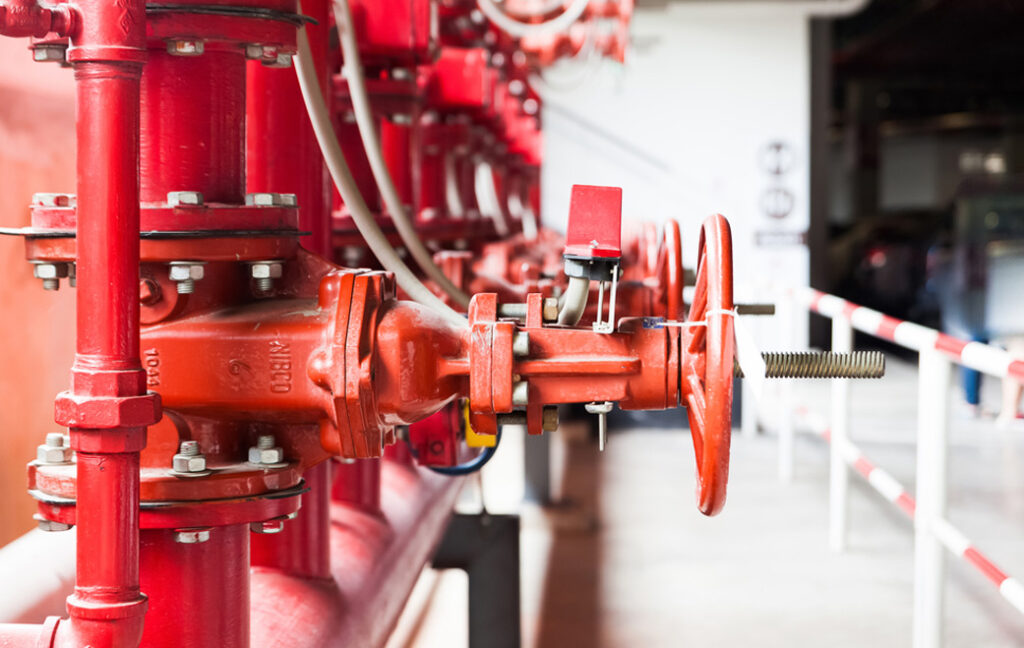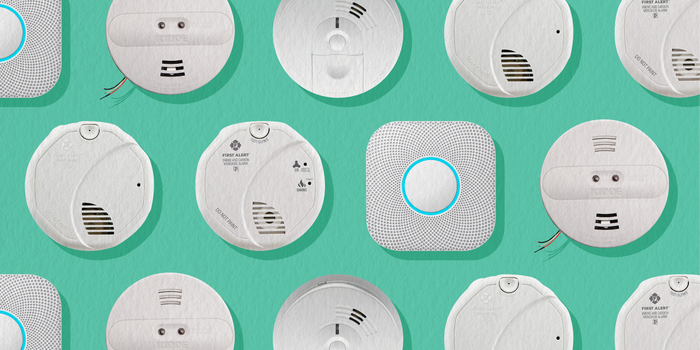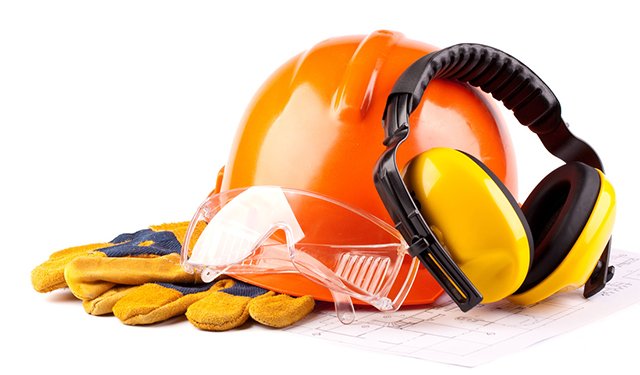Life Safety Systems: In an increasingly complex world, ensuring the safety of individuals in buildings—whether residential, commercial, or industrial—has never been more critical.
Life safety systems play a vital role in protecting lives and property from various hazards, including fires, intrusions, and medical emergencies.
This comprehensive guide will explore what life safety systems are, the components that make them effective, their importance, and best practices for implementation.
What Are Life Safety Systems?
Life safety systems are integrated frameworks designed to protect people in case of emergencies. These systems encompass a wide range of technologies and protocols aimed at preventing incidents and ensuring safe evacuation. They are typically required by building codes and regulations, varying from one jurisdiction to another.
Types of Life Safety Systems
- Fire Alarm Systems: These systems detect smoke or fire and alert occupants. They often include smoke detectors, heat detectors, and manual pull stations.
- Fire Suppression Systems: These systems, such as sprinklers and gaseous extinguishing systems, are designed to control or extinguish fires.
- Emergency Lighting: This includes battery-powered lights that illuminate escape routes during power outages or emergencies.
- Exit Signs: Illuminated signs that guide occupants toward the nearest exit.
- Mass Notification Systems: These systems provide alerts about emergencies through various communication channels, including alarms, text messages, and public address systems.
- Access Control Systems: These systems manage entry into restricted areas, enhancing security and ensuring that only authorized personnel have access.
- Emergency Medical Response Systems: These systems include protocols and equipment for responding to medical emergencies, such as automated external defibrillators (AEDs).
The Importance of Life Safety Systems
Protecting Lives
The primary purpose of life safety systems is to protect individuals from harm. In emergencies, timely alerts and the ability to evacuate safely can make the difference between life and death. Fire alarms can provide critical early warnings, while emergency lighting ensures that escape routes are visible.
Compliance with Regulations
Building codes and safety regulations often mandate the installation of specific life safety systems. Compliance helps avoid legal consequences and ensures that buildings meet safety standards. Regular inspections and maintenance are also essential to keep these systems operational.
Reducing Liability
For business owners and property managers, having effective life safety systems in place can reduce liability in case of accidents. Demonstrating a commitment to safety can also enhance a company’s reputation and build trust with clients and employees.
Enhancing Security
Life safety systems are not just about fire safety; they also contribute to overall security. Access control systems and mass notification systems help protect against unauthorized access and communicate threats to occupants.
Key Components of Life Safety Systems
Understanding the components of life safety systems is crucial for effective implementation. Here are the essential elements:
1. Detection Devices
Detection devices are the first line of defense in any life safety system. These include:
- Smoke Detectors: Detect smoke particles from fires and trigger alarms.
- Heat Detectors: Respond to temperature changes, useful in areas where smoke detectors might give false alarms.
- Carbon Monoxide Detectors: Monitor carbon monoxide levels, providing alerts for potential poisoning.
2. Notification Devices
Once a threat is detected, occupants must be informed. Notification devices include:
- Alarms: Loud sounds that alert occupants to evacuate.
- Strobe Lights: Visual alerts for individuals with hearing impairments.
- Public Address Systems: Allow for verbal instructions during emergencies.
3. Fire Suppression Systems
These systems are crucial for controlling fires once they begin. They include:
- Sprinkler Systems: Automatically activate to douse flames with water.
- Gaseous Systems: Utilize gases to suppress fires in sensitive areas like data centers.
4. Emergency Exit Infrastructure
This includes:
- Exit Signs: Clearly marked signs that guide occupants to safety.
- Emergency Lighting: Ensures visibility during power failures.
5. Emergency Response Protocols
Training and protocols are essential for effective life safety systems. Regular drills ensure that occupants know how to respond in an emergency.
Best Practices for Implementing Life Safety Systems
1. Assess Risks and Needs
Before implementing any life safety system, conduct a thorough risk assessment. Identify potential hazards specific to the building and its occupants.
2. Compliance with Codes and Standards
Ensure that all systems meet local building codes and safety standards. Consult with fire marshals or safety experts during the planning phase.
3. Regular Maintenance and Testing
Life safety systems require regular maintenance to ensure functionality. Schedule routine inspections and tests, and address any issues promptly.
4. Training and Drills
Regular training for employees and occupants on how to react in emergencies is crucial. Conduct evacuation drills to ensure everyone knows the escape routes and protocols.
5. Integrate Technologies
Modern life safety systems can often be integrated with building management systems for enhanced efficiency. This integration allows for real-time monitoring and alerts.
6. Engage Professional Help
Consider hiring professionals for the design and installation of life safety systems. Their expertise can ensure optimal performance and compliance with regulations.
Common Challenges in Life Safety Systems
1. False Alarms
False alarms can lead to complacency among occupants. Regular training and maintenance can help minimize this issue.
2. Technology Integration
Integrating new technologies with existing systems can be challenging. Work with experienced professionals to navigate these complexities.
3. Budget Constraints
Implementing comprehensive life safety systems can be costly. Prioritize essential systems and consider phased implementation if necessary.
4. Keeping Up with Regulations
Building codes and safety regulations can change frequently. Stay informed about updates to ensure compliance.
The Future of Life Safety Systems
As technology advances, life safety systems will continue to evolve. Innovations such as IoT (Internet of Things) integration, artificial intelligence, and smart buildings are shaping the future of safety. These technologies promise improved monitoring, quicker response times, and enhanced occupant safety.
1. Smart Building Integration
Smart buildings utilize interconnected devices to enhance safety and efficiency. For example, smart sensors can provide real-time data on occupancy, air quality, and potential hazards.
2. Advanced Analytics
Data analytics can help predict potential safety issues by analyzing patterns and trends. This proactive approach can lead to improved safety measures and emergency planning.
3. Improved Communication Systems
Future mass notification systems will likely employ multiple communication channels, including social media and mobile apps, to reach occupants more effectively.
Conclusion
Life safety systems are a critical aspect of building safety and security. They encompass a range of technologies and protocols designed to protect lives and property in emergencies. By understanding their components, importance, and best practices for implementation, building owners and managers can create safer environments for all occupants.
Investing in life safety systems is not just about compliance; it’s about demonstrating a commitment to the well-being of individuals and fostering a culture of safety. As technology continues to evolve, staying informed and proactive will be key to ensuring that life safety systems remain effective and relevant.





